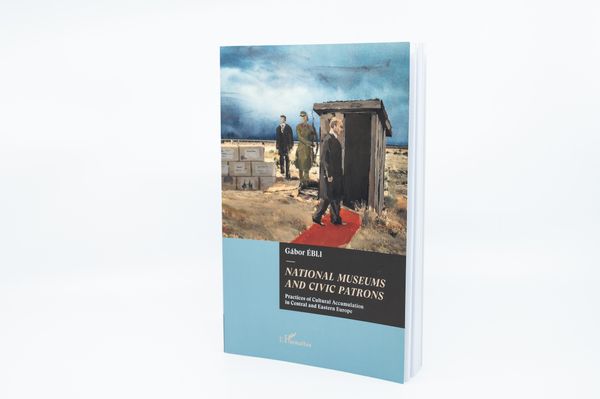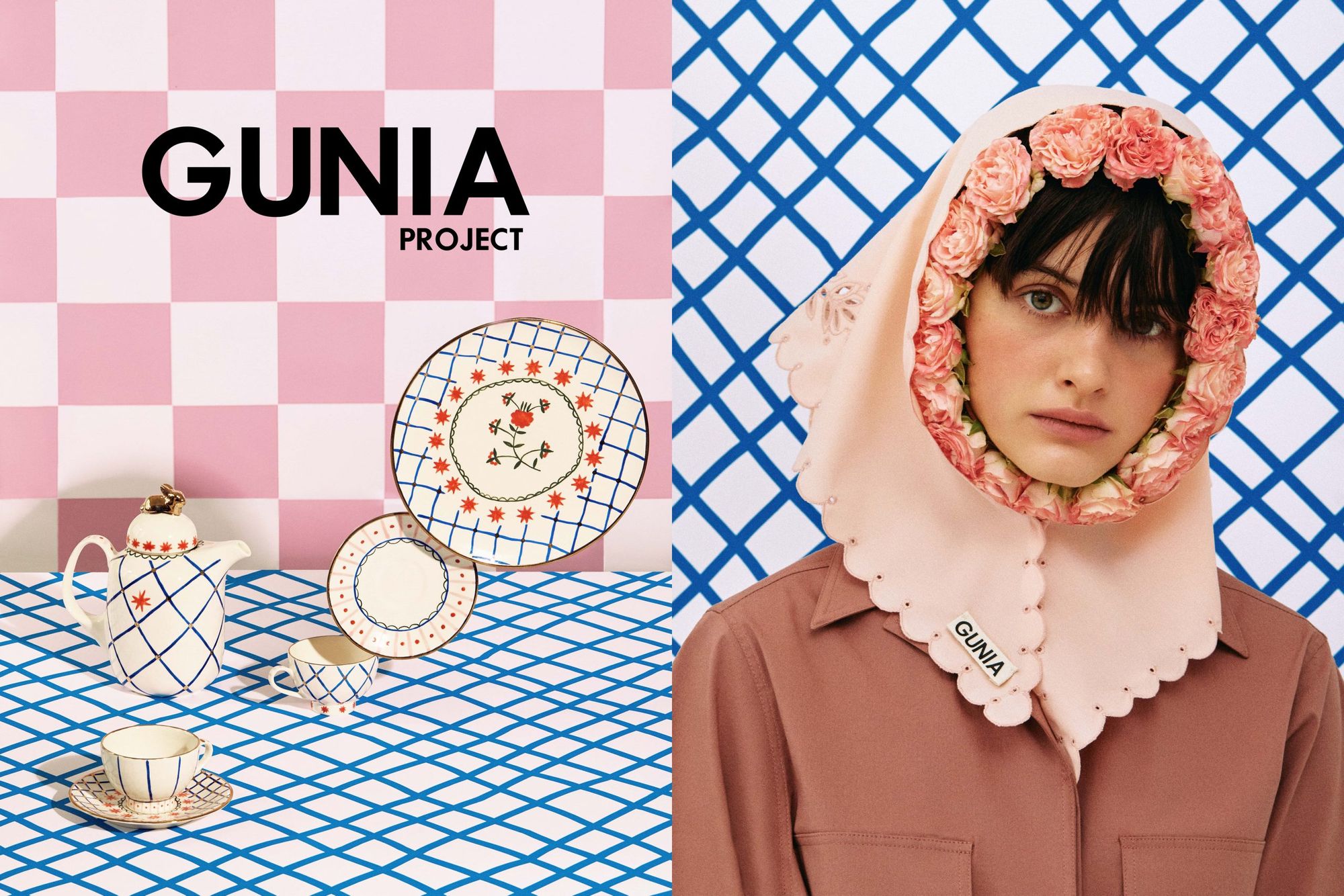The Gunia Project is a fresh, fashionable reinterpretation of Ukrainian handicraft traditions. A unique combination of design thinking and in-depth ethnographic research is realized across a diverse product range that communicates with a distinctively eclectic visual world. We asked two designers of the brand, Natalia Kamenskaya and Maria Gavrilyuk, about the details of the brand.
How did the Gunia Project start?
The brand was founded in 2017, by that time we had both been working for more than ten years in the fashion industry. It all started with Gunia coats, with huge pieces of wool made in Transcarpathia. We realized that there are so many talented artisans and techniques in the Ukrainian culture that we want to share with other people. First, it was a hobby and research project then it became bigger. Now we produce fashionable homeware products and accessories with rural artisans, restoring old craft techniques. We take our inspiration mostly from naïve art.


What is the main vision and mission of the brand?
Our main idea is to combine authentic handicraft techniques with contemporary design and present our national heritage in an up-to-date way. Our aim is to develop and popularize handcraft as well as to provide worthy work opportunity to the artisans who we are constantly looking for countrywide. In the future, our dream is to open an education center where people will be able to get the skills. We believe this will make them have a different judgment on the things that surround them, navigating them towards quality rather than quantity. Craft techniques also help to rethink the importance of natural and human resources, to reuse existing materials.
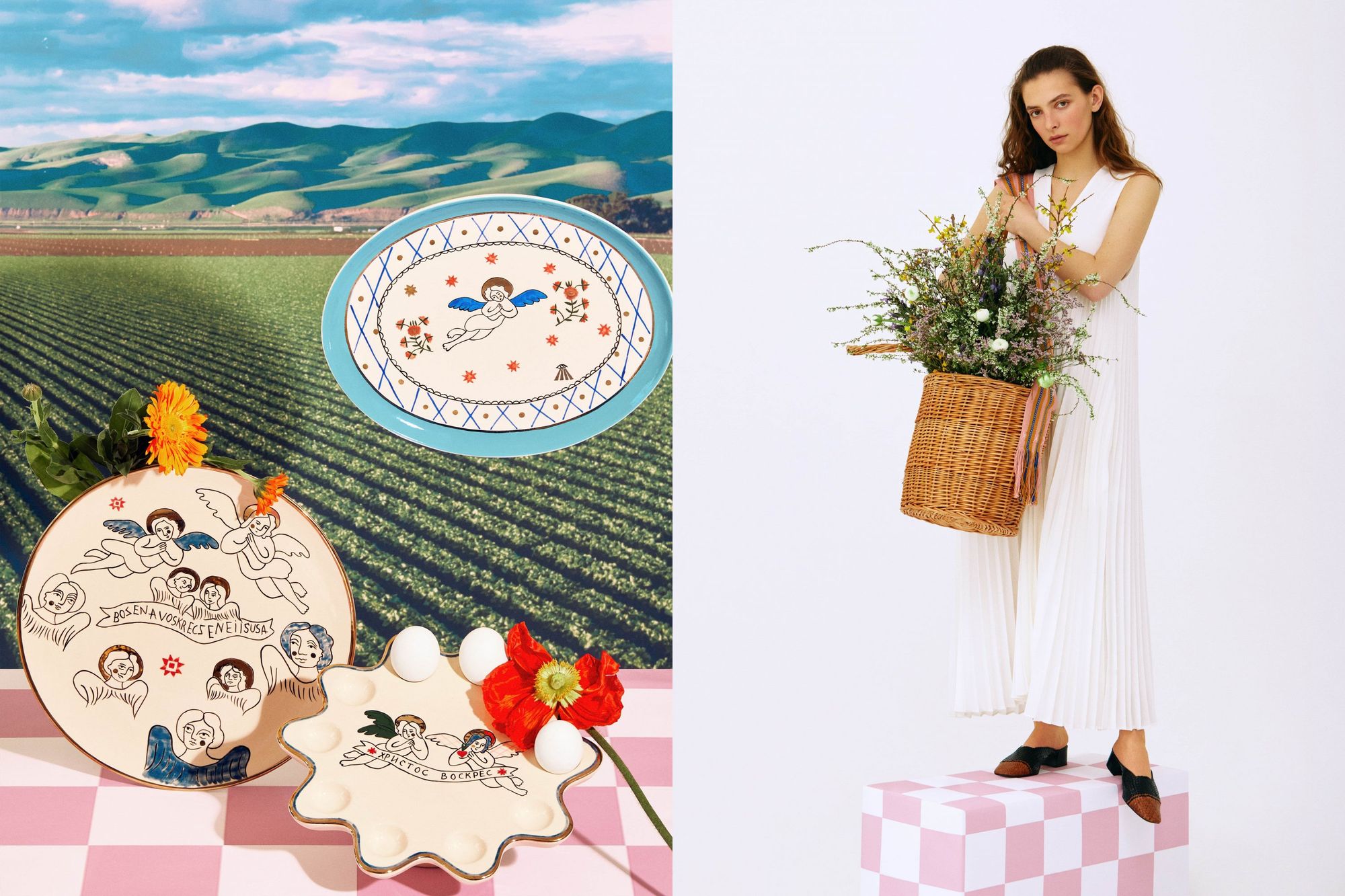

Tell us about the ethnographic research behind the collections!
In our research, we work closely with Ukrainian museums and archives. One of our first collections of silk scarves, for example, was inspired by the Ukrainian embroidery collection of the Ivan Gonchar Museum, the diversity of which completely surprised us. We used a lot of naïve bird figures and flower patterns as well as text patterns that Ukrainian girls made as their own amulets hundreds of years ago.
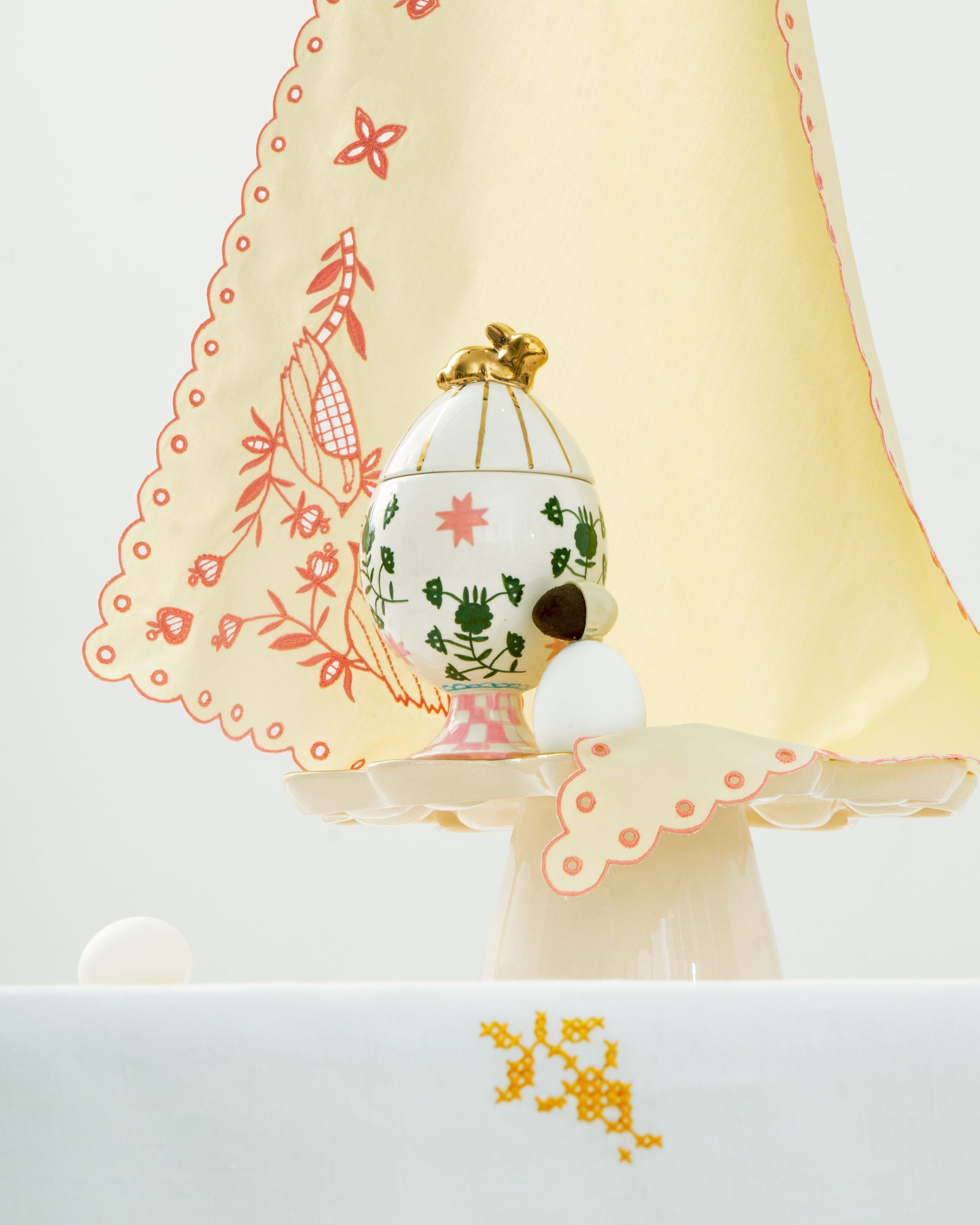

Which part of the Ukrainian heritage means the most to you, that you genuinely want to preserve?
It’s hard to choose one because we love deeply every technique, but probably the unknown but absolutely amazing handmade guta glasses. Artisans manually blow items directly next to the stove, each product is unique and impossible to replicate. That’s a technology that appeared in Ukraine in the 17th century and was extremely popular but then killed by industrialization.

How is the manufacturing of the different collections work? Do you make everything in-house?
We make wicker, wood, glass and ceramic items, work with textiles, weaving, embroidery and knitting, and we also have jewelry, candles and home scents. From the mentioned product range, the ceramic objects are made in-house from the beginning to the end of the process, but the other products are made by external craftsmen according to our plans, and we work closely with them in the whole process.
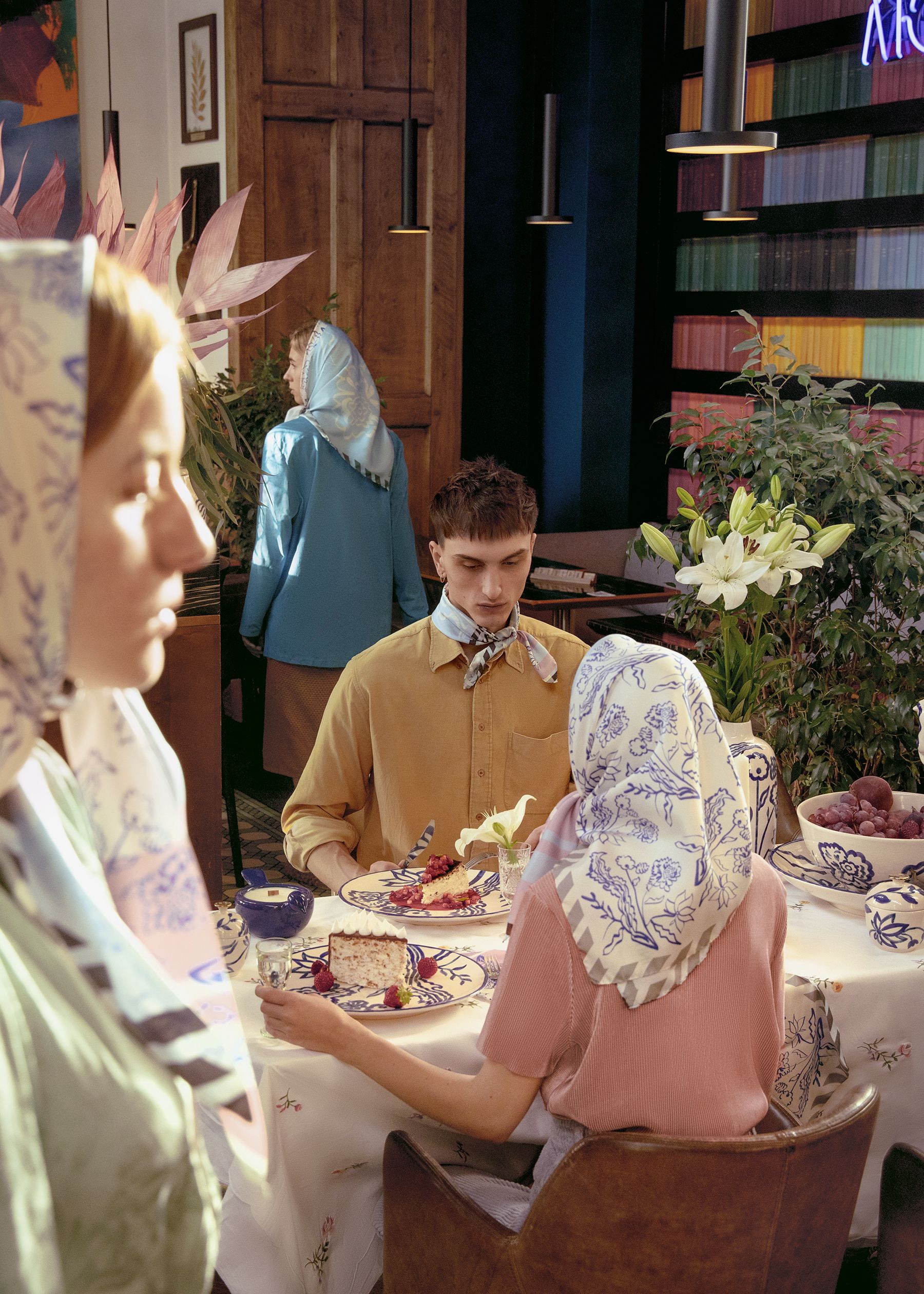

Do you have any exciting plans for the near future?
We have already arranged six collections for the next year with two collaborations. We want to broaden our interior product line, add lamps, mirrors and furniture to it. We are also planning to release a book on Ukrainian naïve art collectively with a museum.

Gunia Project | Web | Facebook | Instagram
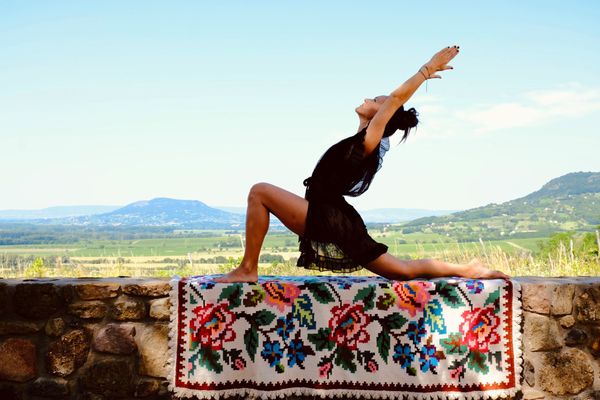
Eastern European vacation | TOP 5
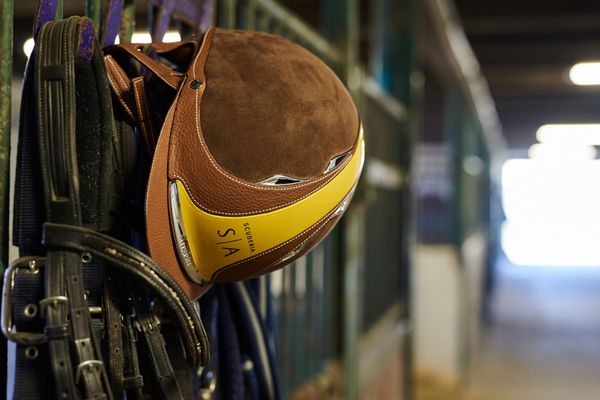
Studio NUR has created a timeless but not archaic brand identity
